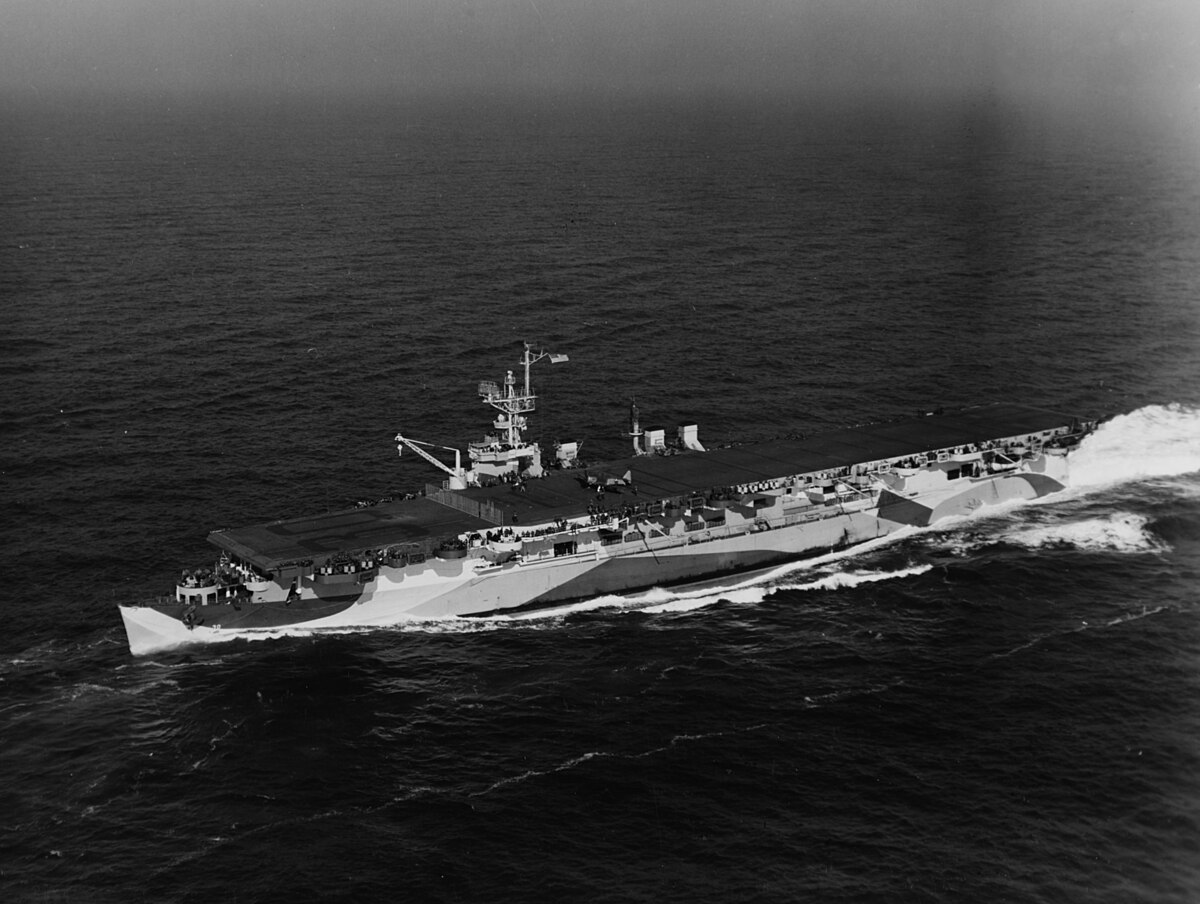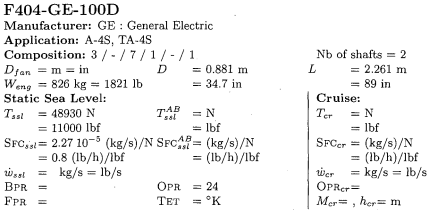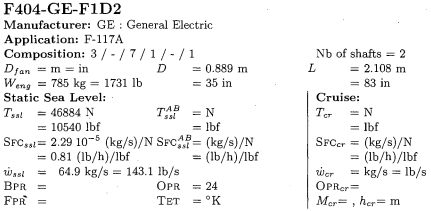Lascaris
ACCESS: Secret
- Joined
- 14 November 2008
- Messages
- 271
- Reaction score
- 312
Back in the 1950s Northrop F-5 start life as a naval fighter intended for the Independence class CVLs. USN would drop the requirement instead choosing to retire the ships and thus F-5 would enter service only as a land based fighter.
So say the USN decides otherwise, possibly it selects N-156N as a training aircraft just as the air force did, or that Northrop pushes ahead nevertheless, this is the period where several countries were getting light carriers, so they see a possible market and continue development. Either way by 1961 you have alongside F-5A and F-5N. It has no radar, but is supersonic at 1.3 mach and a very decent dogfighter to say the least. Enough orders follow from Canada and the Netherlands to Spain, Australia, possibly even India.
Come the early 1970s when Northrop produces the improved F-5E this time with radar, it also throws along a naval version, F-5E is heavier than the original but still well within the limits a CVL could handle. And a Melbourne or a Bonaventure with 20 F-5E looks, on paper at least, relevant enough to retain.
By the 1980s Northrop has this nice F-5 variant, still under 30,000 pounds MTOW powered by an F-404 engine... and is it really making sense to want a VTOL aircraft for CVS? This new F-20 is based on a proven design which for the past two decades been operating of light carriers. Why not go with it it instead? Steam catapults you say? We'll couple it with an internal combustion catapult instead. Which is how you get the shah wanting Invincibles flying F-20s and the likes of Principes des Asturias, Garibaldi, Cavour and an Australian Invincible actually doing so.
Thoughts?
So say the USN decides otherwise, possibly it selects N-156N as a training aircraft just as the air force did, or that Northrop pushes ahead nevertheless, this is the period where several countries were getting light carriers, so they see a possible market and continue development. Either way by 1961 you have alongside F-5A and F-5N. It has no radar, but is supersonic at 1.3 mach and a very decent dogfighter to say the least. Enough orders follow from Canada and the Netherlands to Spain, Australia, possibly even India.
Come the early 1970s when Northrop produces the improved F-5E this time with radar, it also throws along a naval version, F-5E is heavier than the original but still well within the limits a CVL could handle. And a Melbourne or a Bonaventure with 20 F-5E looks, on paper at least, relevant enough to retain.
By the 1980s Northrop has this nice F-5 variant, still under 30,000 pounds MTOW powered by an F-404 engine... and is it really making sense to want a VTOL aircraft for CVS? This new F-20 is based on a proven design which for the past two decades been operating of light carriers. Why not go with it it instead? Steam catapults you say? We'll couple it with an internal combustion catapult instead. Which is how you get the shah wanting Invincibles flying F-20s and the likes of Principes des Asturias, Garibaldi, Cavour and an Australian Invincible actually doing so.
Thoughts?



